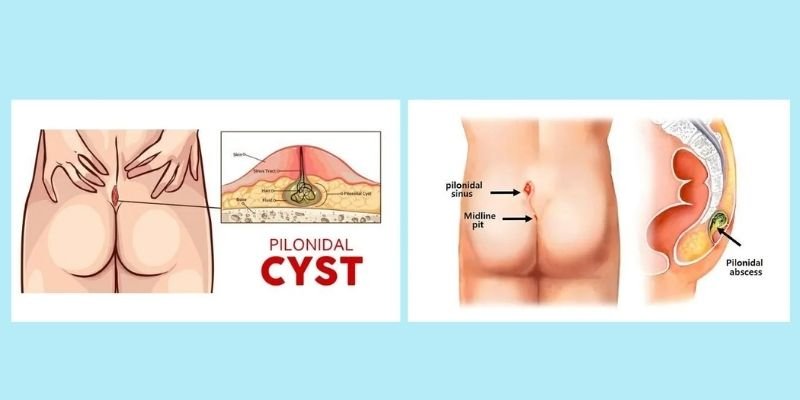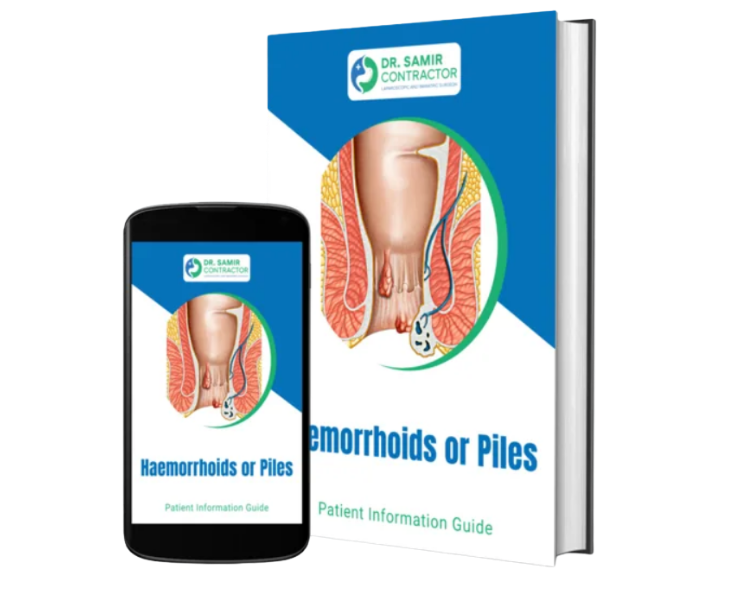 Book Appointment
Book Appointment

Consult Dr. Samir Contractor for Pilonidal Sinus Surgery.
Book a ConsultationPilonidal means a ‘nest of hairs.’ A sinus tract is a narrow tunnel (a small abnormal channel) in your body. A sinus tract typically goes between a focus of infection in deeper tissues to your skin surface. This means that the tract may discharge pus from time to time onto your skin. A pilonidal sinus is a sinus tract that commonly contains hairs. It occurs under your skin between your buttocks (the natal cleft) Rarely a pilonidal sinus occurs in other sites of your body.
Certain factors increase the risk of developing the condition and include:
Pilonidal disease is considered an acquired disease resulting from three main factors- the hair or foreign body, a force causing hair deposition into the sinus, and skin vulnerability. The exact cause is not clear. There are various theories. A similar condition can occur between the fingers of hairdressers, caused by customers’ hairs entering moist, damaged skin.
A pilonidal sinus affects the natal cleft. Symptoms vary from mild to severe, depending on the presence or absence of infection
You need to keep the wound clean and the surrounding hairy area to be shave regularly to prevent recurrence.
Hair removal techniques : In some cases, hair removal may be the first step in treating a pilonidal sinus if an infection is not present.
Hair removal options may include:
